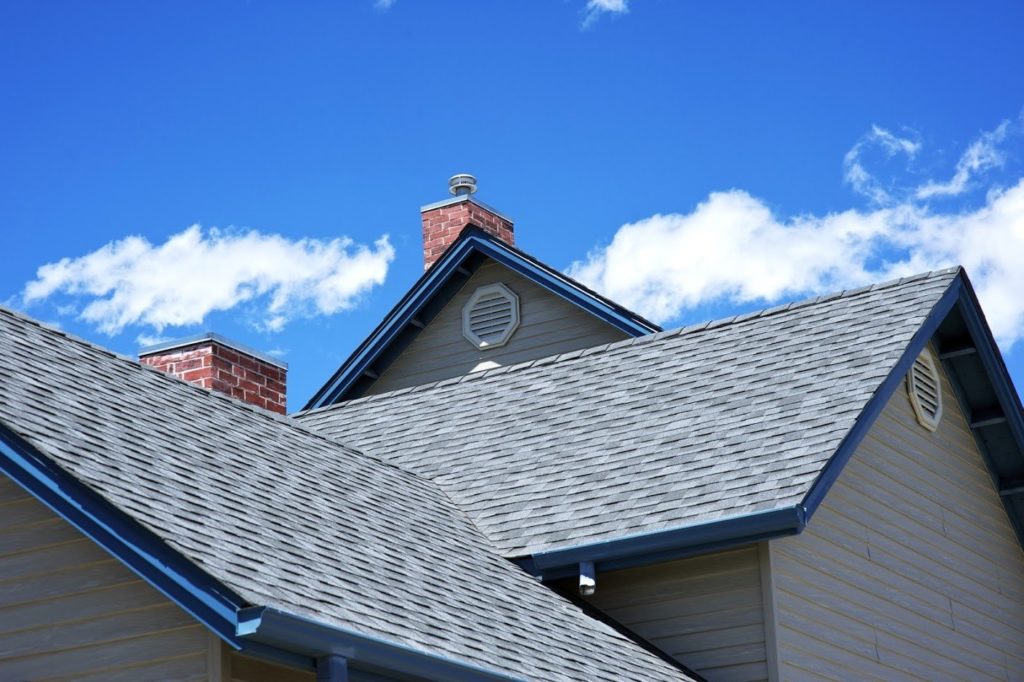Heating and cooling emergencies happen when you least expect them. The experts at C.B. Lucas will assess and handle any emergency HVAC or plumbing issues in your home or business. We have the necessary skills and tools to fix your system so you can safely use it once again. Call C.B. Lucas to get 24/7 emergency HVAC & plumbing services in Northern Virginia and the surrounding areas.
Important Things To Know About Your Furnace’s Exhaust Flue

When wintertime rolls around in Northern Virginia, most people rely on their furnace to keep their home toasty and warm. Yet when it comes down to the nitty-gritty of furnace operation, few homeowners understand all of the components involved. Unfortunately, this lack of understanding often makes it more difficult to catch impending problems.
One of the most important parts of a gas-powered furnace is the exhaust flue. Although this component plays a largely passive role in furnace operation, your system simply couldn’t work without it. If you would like to improve your knowledge of residential HVAC systems, keep reading. This article outlines three important things to know about exhaust flues.
For top-rated furnace repair in Fairfax and Northern Virginia, call C.B. Lucas at 571-634-7280 or fill out our contact form!
1. Flues Vent Exhaust Gases
In a perfect furnace, the combustion of natural gas would generate only two side effects: water vapor and carbon dioxide. Neither of these substances pose any serious threat to human health. Unfortunately, virtually no furnaces can achieve 100% efficiency. Instead, some portion of gas fails to combust entirely.
This process of partial combustion leads to the formation of a wide range of byproducts. Many of these substances — carbon monoxide, most notably — have a highly toxic nature. For that reason, exhaust gases must exit your home as quickly as possible. The flue provides a direct conduit to the outdoors, allowing exhaust gases to move up out of your home and safely disperse.
2. Most Furnaces Use Natural Draft
Unless you own a high-efficiency condensing furnace, chances are your flue system works on the principle of natural draft, which is the ability of flue gases to rise up out of your home of their own volition. Pressure differences hold the key to natural draft. The exhaust gases produced by your furnace have a much higher temperature than the incoming air.
As a result, the exhaust gas exists at a lower pressure relative to the fresh air flowing into your furnace. This pressure difference — often referred to as a negative pressure differential — effectively pushes the exhaust gas out of the combustion chamber and into the flue. After moving through your heat exchanger, the gases continue up through the flue.
Serious problems ensue as the result of insufficient pressure differential. If a flue has not been designed correctly, restrictions may lead to excessive flue pressure. As a result, exhaust gases struggle to exit your home. Such restrictions occur as the result of inadequately wide flue pipes, excessive elbows, and too many sections of horizontal pipe.
Many people experience flue problems when installing new furnaces. Simply put, your new furnace may not be compatible with your existing flue pipe. A technician must carefully analyze your existing system to determine whether your flue pipe requires changes to promote adequate venting.
3. High-Efficiency Furnaces Use Draft Inducers
Even when designed correctly, a natural draft flue system has certain limitations in terms of drafting speed. As a result, natural draft furnaces struggle to reach efficiency levels above 70%. Such furnaces cost more to run since they fail to capitalize on a significant amount of energy.
When the time comes for a new furnace, more and more homeowners choose a high-efficiency model. Many such furnaces contain a component known as a draft inducer. As its name implies, a draft inducer promotes swifter passage of gases out through the flue. A draft inducer consists of a high-powered fan located near the heat exchanger inside the furnace.
The draft inducer helps to clear out any lingering exhaust gases inside of your furnace’s combustion chamber, making more room for fresh air. In addition, by speeding up the flow of exhaust gases, a draft inducer augments the negative pressure differential inside of the flue.
A furnace simply can’t operate correctly without a well-designed flue. For more information about the flue in your HVAC system or furnace services near Dumfries and Fairfax, VA, please contact the home heating experts at C.B. Lucas.
As spring approaches and the chill of winter fades, it’s the perfect time to shift your attention to your home’s cooling system. With a few...

